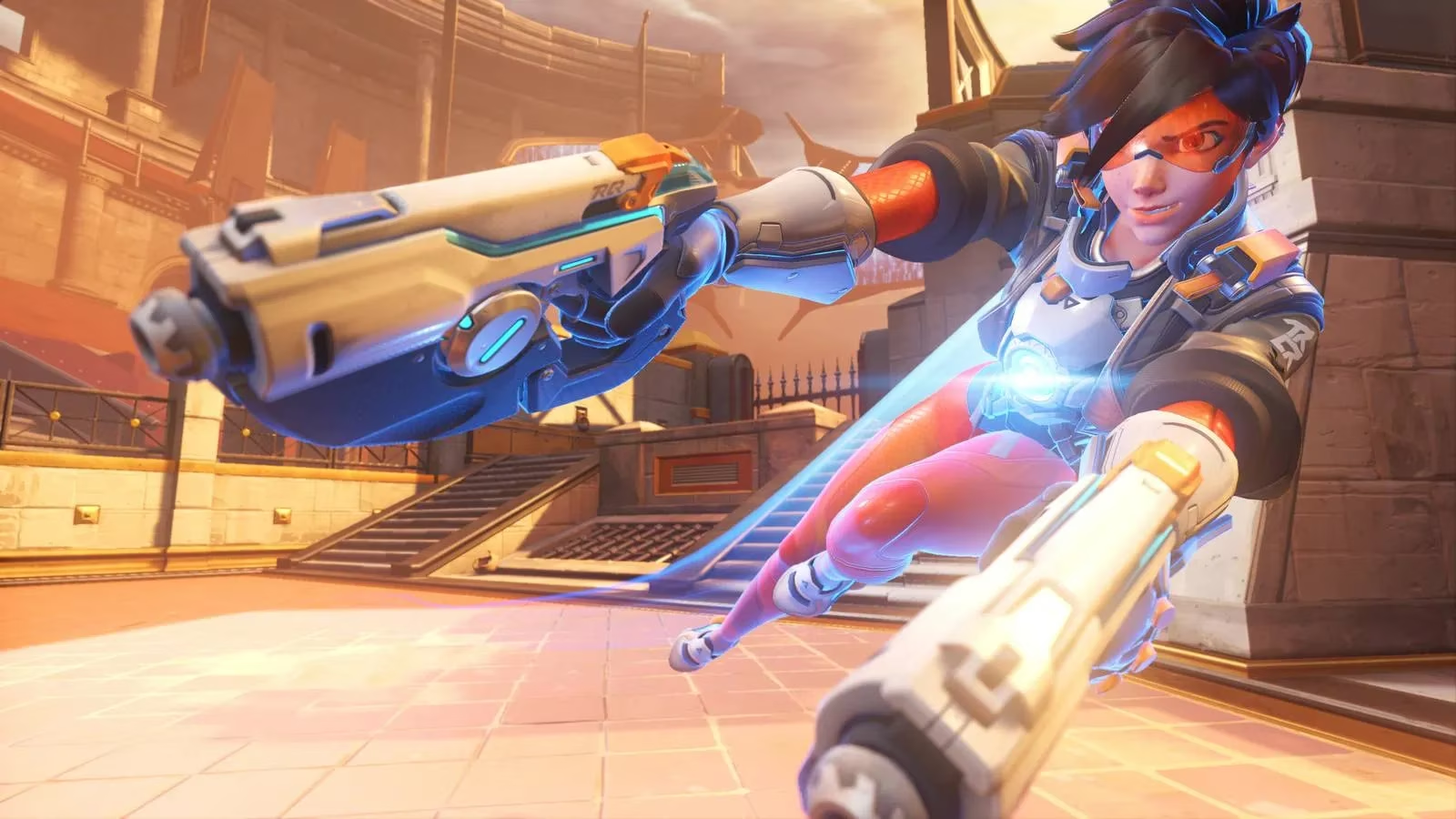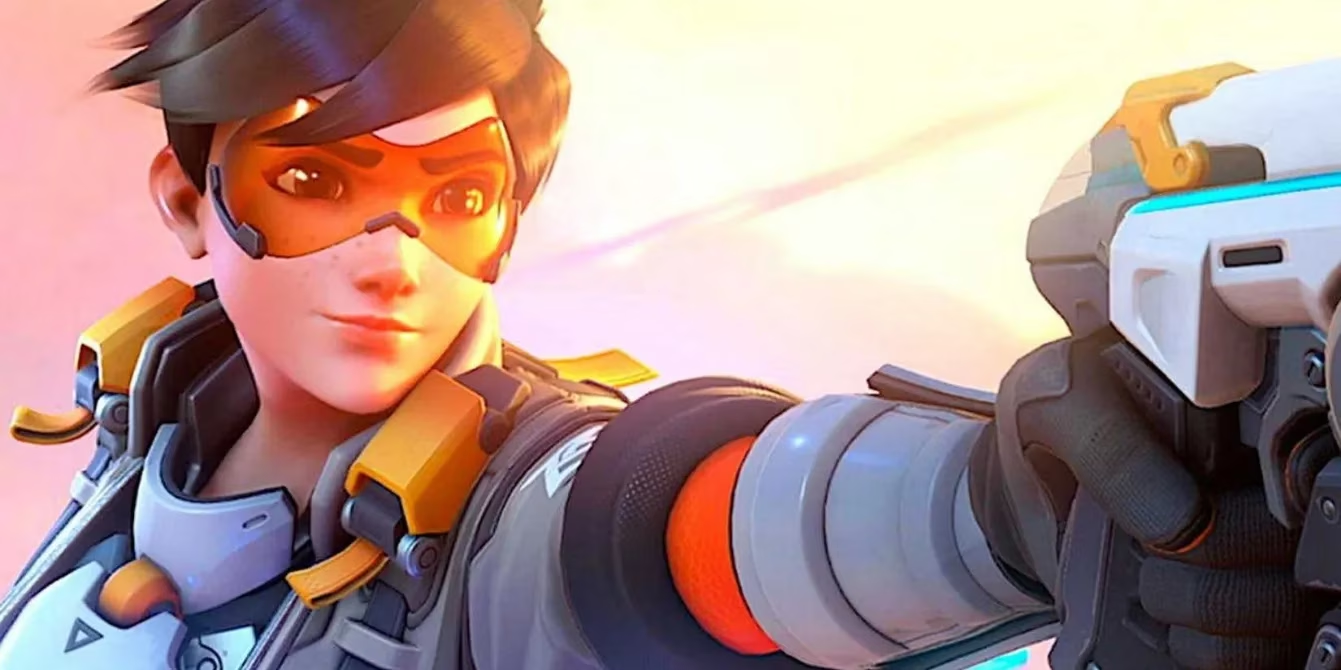The neon lights of Overwatch 2's Stadium mode flickered with anticipation as Tracer, the game's iconic speedster, finally made her debut in the mid-Season 18 update. Players eagerly welcomed the time-jumping hero into the chaotic Item-driven arena, her arrival coinciding with the Persona 5 collaboration event and numerous balance changes. Yet within days, her presence vanished like a ghost in the chronal stream—disabled by Blizzard after a game-shattering glitch turned her Recall ability into an unstoppable weapon. The community buzzed with disbelief as Stadium matches descended into temporal anarchy, all thanks to a bug that twisted Tracer's core identity into a paradox.
The Recall Rift: How Time Unraveled Balance
Tracer's Recall—a signature rewinding of her physical state by three seconds—became the epicenter of chaos when paired with Stadium's Item economy. Players discovered they could purchase Items like health boosts or armor, sell them back for full Stadium Cash, then instantly activate Recall. Like a broken hourglass spilling sand upward, this restored the sold Item's benefits while keeping both the Cash refund and the empty inventory slot. Overwatch 2 player Landia's viral screenshot captured the absurd result: a Tracer roaming the arena with over 1600 combined Health and Armor, transforming her into an indestructible titan. Matches warped into farcical stalemates where entire teams couldn’t scratch her, making objectives irrelevant.

The irony wasn't lost on veterans. Tracer's lore paints her as a chronally unstable experiment, and this glitch mirrored that fiction: a temporal fugue where cause and effect collapsed. Stadium's systems, unprepared for health values yo-yoing through time, failed like a bridge swaying under unexpected resonance. This exploit didn’t just break gameplay—it weaponized narrative, turning Tracer's fragility into a ludicrous strength. Players joked she’d become a "time-looping Scrooge McDuck," diving into vaults of infinite Cash while shrugging off damage like raindrops.
Blizzard's Temporal Triage
Facing a metastasizing imbalance, Blizzard disabled Tracer in Stadium mode indefinitely. The fix proved trickier than flipping a switch; untangling chronal spaghetti code demanded caution. Though some hoped for a swift resolution by September 19, 2025, developers hinted at deeper complications. The glitch was less a glitch and more a systemic fracture—like trying to repair a shattered pocket watch with chewing gum. Community sentiment swung between frustration and dark humor, memes flooding forums showing Tracer grinning amid swirling clocks and error messages.

Meanwhile, Stadium’s evolution marches on. Season 19’s October 14 launch promises Torbjorn and Sojourn as new contenders, continuing Blizzard’s pattern of adding heroes in waves. Will they inherit Tracer’s unintended legacy? The studio remains tight-lipped, but whispers suggest economy safeguards are being retrofitted. For now, Tracer mains wait in limbo—their hero suspended like a fly in amber, frozen mid-blink.
People Also Ask
| Question | Answer |
|---|---|
| Why can’t I pick Tracer in Overwatch 2 Stadium? | She’s temporarily disabled due to an exploit with Recall and Item sales. |
| Will Stadium Cash mechanics change after this? | Likely; Blizzard is reevaluating Item interactions with time-based abilities. |
| Could this glitch return with other heroes? | Unclear, but Season 19 additions (Torbjorn/Sojourn) face rigorous testing. |
The Ripple Effect Beyond Time
This fiasco highlights Overwatch 2’s struggle with emergent chaos. Stadium’s Item system—a bold experiment—collided with a hero whose design embodies controlled instability. The result was a temporal grenade in a china shop, shattering predictability. Yet there’s poetic resonance; Tracer’s canonical struggles with chronal dissonance echoed in code, blurring fiction and reality. As Season 19 looms, Blizzard faces a dual challenge: patching a hole in spacetime while preserving the thrill of hero uniqueness. Will Stadium’s next recruits dance smoothly with its economy, or will fresh paradoxes emerge? Only time—ironically—will tell.

For now, Stadium plays on without its fastest legend. Players adapt, strategizing around Tracer’s absence, but her ghost lingers. She remains a reminder that in Overwatch 2’s ever-evolving tapestry, even familiar threads can unravel into beautiful, broken chaos. The arena’s lights still blaze, but somewhere in the void, a chronal anomaly waits... ticking.
Based on evaluations from ESRB, the importance of maintaining fair and balanced gameplay environments is a core principle in the gaming industry. The ESRB's guidelines emphasize how exploits—such as Tracer's Recall glitch in Overwatch 2 Stadium—can undermine both competitive integrity and player experience, prompting swift developer intervention to uphold standards for all participants.